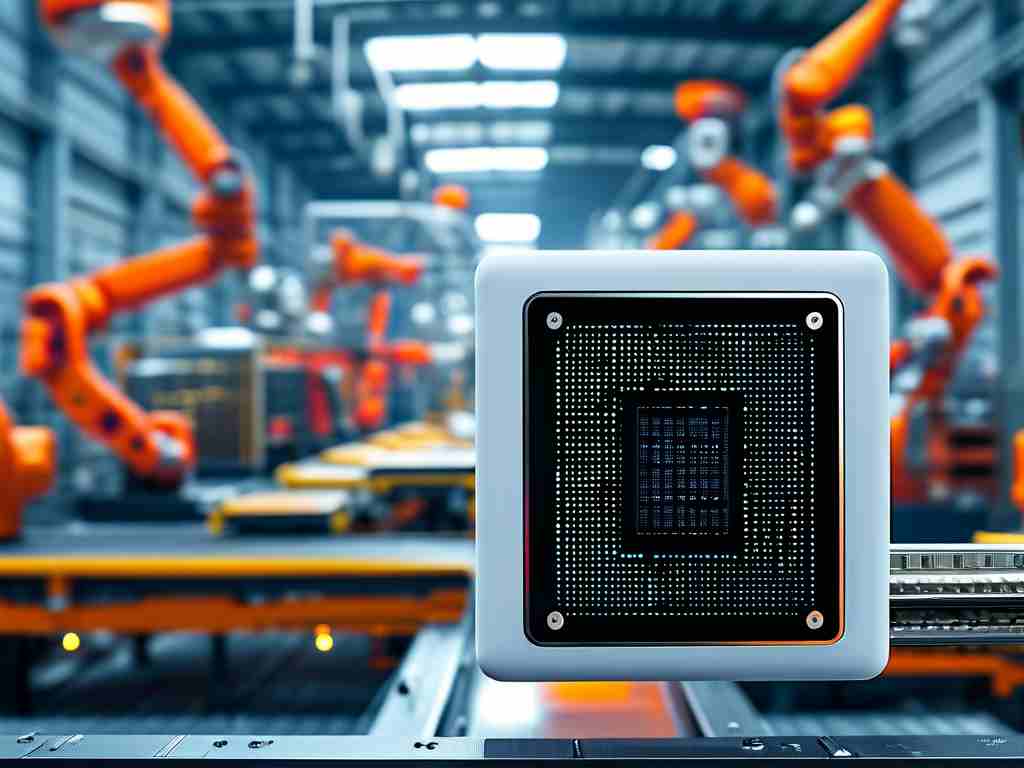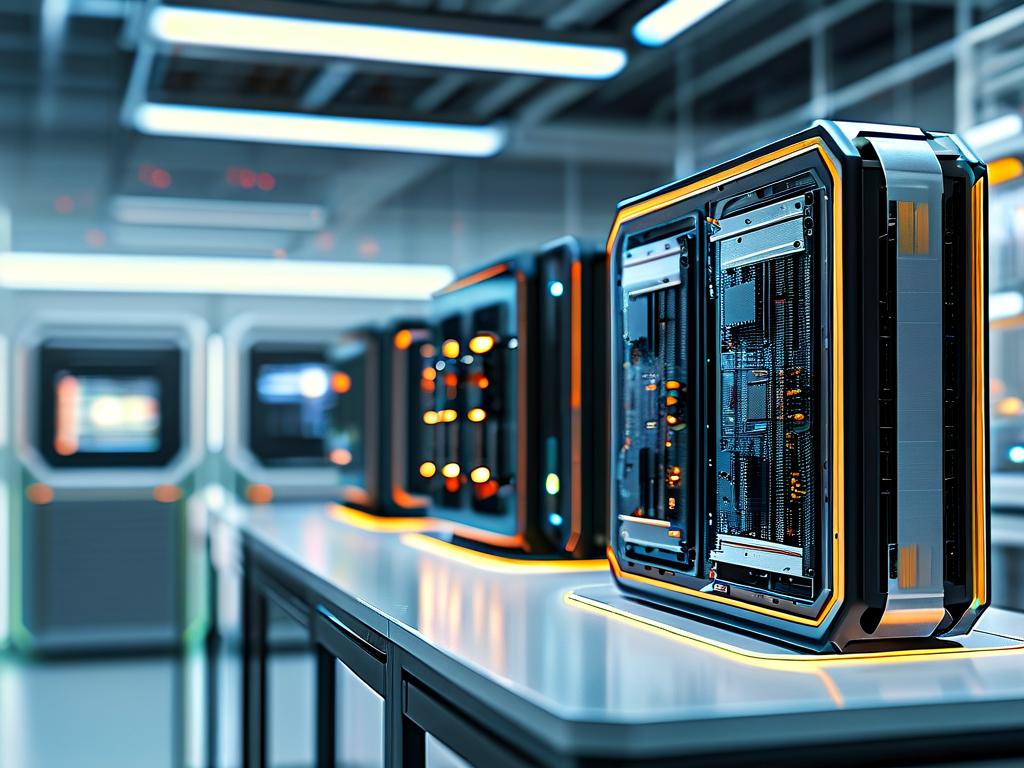The convergence of artificial intelligence (AI) and embedded systems has sparked a revolution in how devices interact with the physical world. Embedded AI application development focuses on integrating machine learning models and algorithms into resource-constrained hardware, enabling smarter edge devices without relying on cloud connectivity. This approach is reshaping industries like healthcare, manufacturing, and smart home technology by delivering real-time decision-making capabilities at the source of data generation.

The Core of Embedded AI Development
Unlike traditional cloud-based AI, embedded AI prioritizes efficiency. Developers must optimize neural networks to run on microcontrollers or system-on-chip (SoC) devices with limited memory and processing power. Techniques like model quantization, which reduces numerical precision in calculations, and pruning, which removes redundant neural connections, are essential. For example, TensorFlow Lite for Microcontrollers enables deployment of lightweight models on devices with as little as 16KB of RAM.
# Sample code for deploying a TFLite model on embedded hardware import tensorflow as tf # Load quantized model interpreter = tf.lite.Interpreter(model_path="model_quant.tflite") interpreter.allocate_tensors() # Process sensor input input_data = get_sensor_data() interpreter.set_tensor(input_index, input_data) interpreter.invoke() output = interpreter.get_tensor(output_index)
Challenges in Deployment
One critical hurdle is balancing accuracy with computational constraints. A facial recognition system for smart locks might achieve 95% accuracy on a GPU but drop to 88% when optimized for an ARM Cortex-M7 chip. Developers often employ hybrid architectures—processing time-sensitive tasks locally while offloading complex analyses to the cloud when connectivity permits. Power consumption remains another key concern, especially for battery-operated devices. Techniques like duty cycling (activating AI modules only when needed) help extend operational lifespan.
Industry Applications
In predictive maintenance, embedded AI analyzes vibration patterns from industrial motors to detect bearing wear. Automotive systems use onboard vision processing for lane detection without internet dependency. A recent case study showed a solar-powered agricultural sensor achieving 30% water savings by combining local soil analysis with weather prediction models.
Tools and Frameworks
The ecosystem for embedded AI development has expanded significantly:
- Edge Impulse Studio for end-to-end model deployment
- NVIDIA Jetson Nano for prototyping computer vision applications
- STM32Cube.AI for converting models to microcontroller-compatible formats
Future Directions
Emerging technologies like neuromorphic chips—which mimic biological neural networks—promise to reduce power consumption by 100x compared to conventional processors. The growth of tinyML (machine learning for ultra-low-power devices) is creating new standards for model optimization. As 5G networks mature, federated learning frameworks will enable collaborative model training across distributed edge devices while preserving data privacy.
Successful embedded AI implementation requires cross-disciplinary expertise. Developers must understand hardware limitations, sensor integration, and model optimization while maintaining focus on user-centric design. As processing capabilities advance, the boundary between embedded systems and full-scale computing will continue to blur, creating unprecedented opportunities for intelligent edge solutions.









